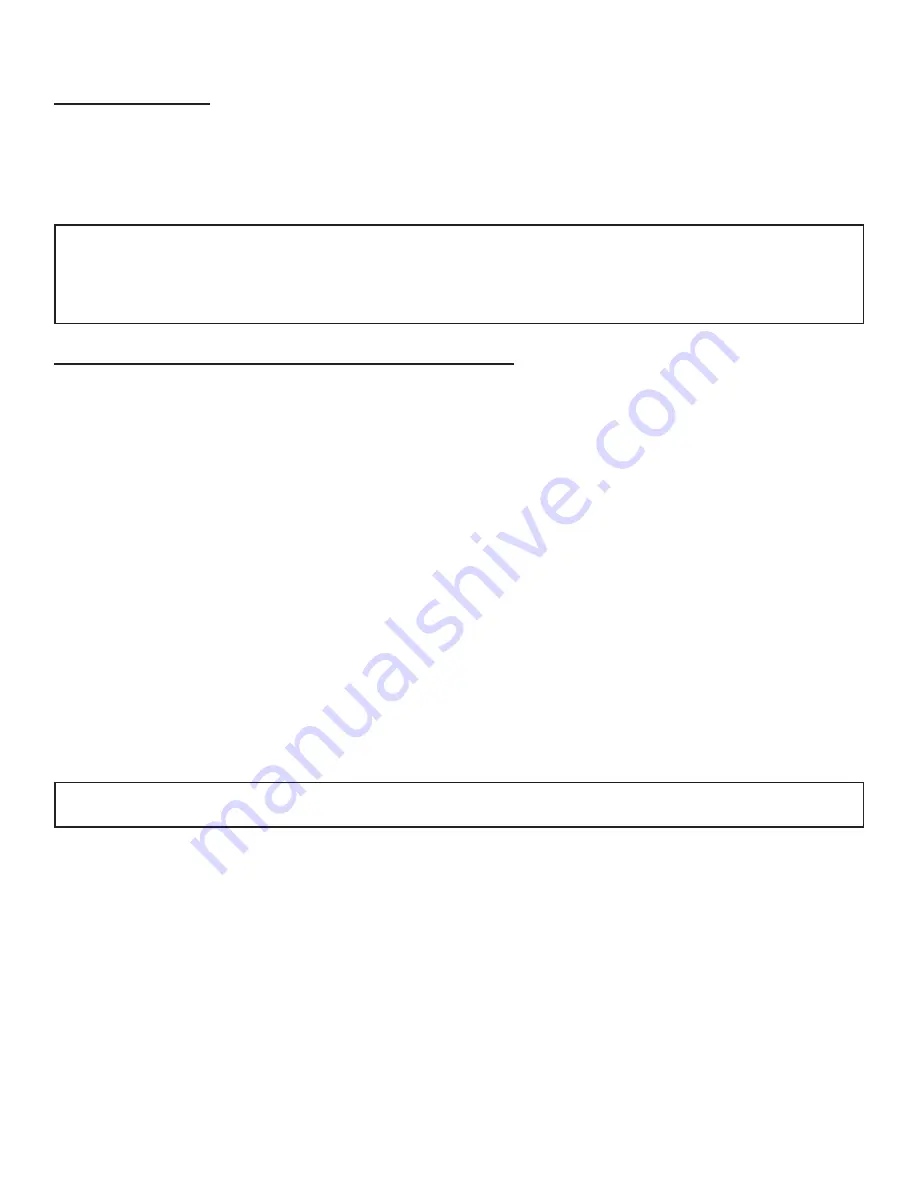
-
18
-
Maintenance
DISPOSAL OF ASHES
Ashes should be removed from the stove every few days or when ashes get to 2 to 3 inches deep. Always empty
the stove when it is cold, such as in the morning. Ashes should be placed in a metal container with a tight fitting
lid. The closed container of ashes should be placed on a non combustible floor or on the ground, well away from
all combustible materials, pending final disposal. If the ashes are disposed of by burial in soil or otherwise locally
dispersed, they should be retained in the close container until all cinders have thoroughly cooled. Do not use the
ash container to dispose of other trash.
CREOSOTE / SOOT - FORMATION AND NEED FOR REMOVAL
When coal is burned slowly, it produces tar and other organic vapors, which combine with expelled moisture
to form creosote or soot. The creosote vapors condense in the relatively cool chimney flue of a slow-burning
fire. As a result, creosote/soot residue accumulates on the flue lining. When ignited this creosote/soot makes an
extremely hot fire. When burning coal, the chimney connector and chimney should be inspected at least twice
a month during the heating season to determine if a creosote/soot build-up has occurred. If creosote/soot has
accumulated, it should be removed to reduce the risk of a chimney fire.
If a chimney or creosote fire occurs, close all dampers immediately and call the fire department.
Once a chimney fire occurs, it can only be extinguished by removing its source of oxygen. This can be
accomplished by shutting any mechanical draft devices and/or discharging a CO² (Carbon Dioxide) or Halon
fire extinguisher directly into the heater through an appropriately placed cleanout. If using a Halon extinguisher,
please note that it totally displaces oxygen and could become a hazard in itself if enough is discharged into the
living space.
Wait for the heater to cool, then inspect the chimney area for damage. A chimney fire may cause ignition of
wall studs or rafters which you thought were at a safe distance from the chimney. If no damage results, perform
a chimney cleaning to ensure there is no more creosote deposits remaining in the chimney. We suggest having
your chimney inspected by a qualified person before using again.
Establish a routine technique for seasoning, storing, and burning your fuel. Check daily for creosote build-up until
experience shows how often you need to clean to be safe. Be aware that the hotter the fire, the less creosote or
soot is deposited and weekly cleaning may be necessary in mild weather even though monthly cleaning may
be enough during the colder months. Contact your local municipal or provincial fire authority for information on
how to handle a chimney fire if one occurs. Have a clearly understood plan to handle the situation if such an
event were to happen.
NOTICE: Keep your chimney connector and chimney clean and in good condition. Doing so can maintain
heater efficiency and reduce the risk of a fire.
CAUTION:
• Ashes could contain hot embers even after two days without operating the stove.
• The ash pan can become very hot. Wear gloves to prevent injury.
• Never burn the stove with the ash door open. This would result in over firing the stove. Damage to the
stove and even a house fire may result.
Summary of Contents for VOGELZANG VG900
Page 23: ...23 Notes...
Page 24: ...24 Notes...
















































